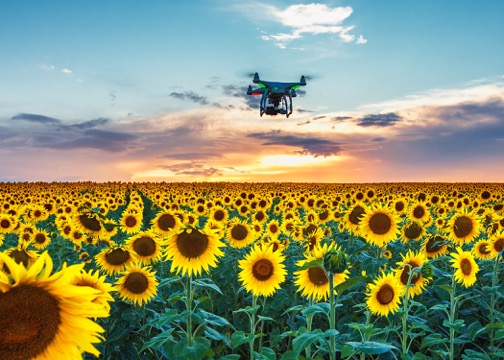Encouraging Schools to Comply with Pesticide Notifications
Monterey County Schools are Not Logging On to See Notifications
By Patrick Cavanaugh, Editor
Monterey County is having a hard time getting schools to comply with new regulations regarding restrictions of pesticide sprays and pesticide notifications near schools.
“There’s a quarter mile buffer for certain types of applications,” said Bob Roach, acting Agricultural Commissioner for Monterey County.
When school’s in session, growers will comply with this buffer without any serious impact on their spray practices. Fumigants are already strictly controlled.
“We’re going to comply with everything, but the notification part is something that’s just been very difficult because the schools are not participating like they should be,” Roach said.
The growers must do an annual notification to the schools. In order to see that notification, the schools must log onto www.calschoolnotify.org, which the state has set up for that purpose, and then the notification will go directly from the grower to school administrator.
“What the school does with it is up to the school, but growers have prepared that notification on the Cal Ag ag permits web-based computer system for pesticide permits,” Roach explained. “That system does take all the restricted materials and adds them to a list, but you have to manually enter in your nonrestrictive materials and your spray adjuvants, which are included in this notification. They have to make a list of all the materials are going to use in the next year and they have to send that through to the www.calschoolnotify.org system so that schools can receive it.”












